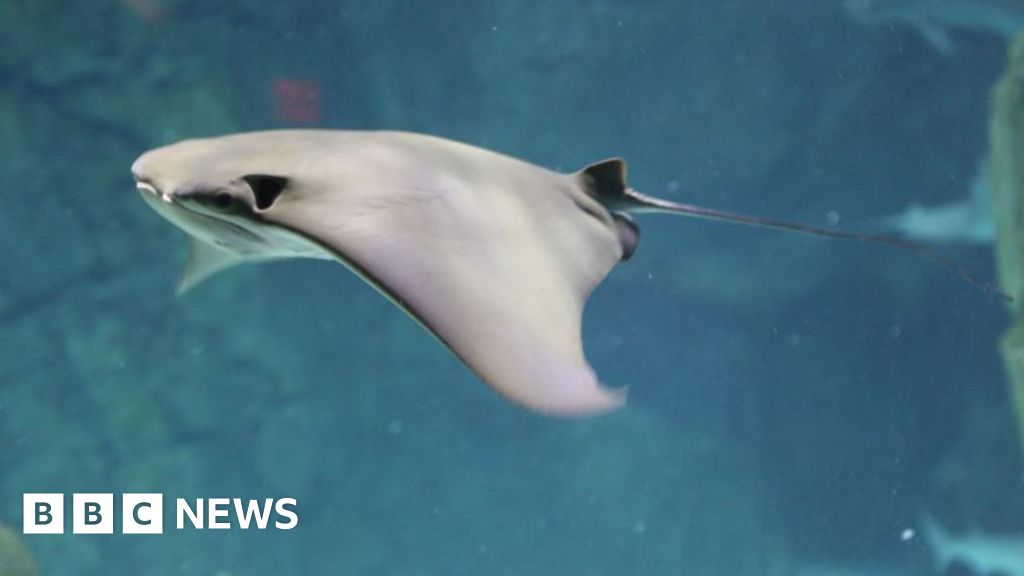Compulsive eating and obesity may be triggered by a specific gut bacteria, suggests a new study—and the breakthrough may lead to new treatments to address the problem of food addiction.
The bacteria identified by an international research team is associated with both humans and mice developing an addiction to food that can lead to obesity. They also identified bacteria that play a beneficial role in preventing food addiction.
“A number of factors contribute to food addiction, which is characterized by loss of control over food intake and is associated with obesity, other eating disorders, and alterations in the composition of bacteria in the gut microbiome,” said Professor Elena Martín-García, of Pompeu Fabra University, Spain.
“Until now, the mechanisms underlying this behavioral disorder were largely unknown.”
Professor Rafael Maldonado, who leads the university’s Laboratory of Neuropharmacology, said: “These results from our study may allow us to identify new biomarkers for food addiction and, most importantly, to evaluate whether the beneficial bacteria could be used as potential new treatments for this obesity-related behavior, which, at present, lacks any effective therapeutic approaches.
“Potential new treatments could involve using beneficial bacteria and dietary supplementation.”
The team used the Yale Food Addiction Scale to diagnose food addiction in both mice and humans. It contains 35 questions for people to answer, and these can also be grouped into three criteria for use in mice: persistent food-seeking, high motivation to obtain food, and compulsive behavior.
MORE GUT MIRACLES: Edible Carbon Beads Can Reduce Cirrhosis Liver Disease By Restoring Gut Microbiome
Within the gut bacteria of mice that were and were not addicted to food, researchers found an increase in bacteria belonging to a group called the Proteobacteria phylum and a decrease in bacteria belonging to the Actinobacteria phylum in the food-addicted mice.
Those mice also had a decrease in the amount of another type of bacteria called Blautia from the Bacillota phylum.
88 patients were classified into those who were addicted or not addicted to food. Similar to the findings in mice, decreases in Actinobacteria phylum and Blautia were seen in humans who were food-addicted, along with increases in Proteobacteria phylum.
Prevention on the horizon
“The findings in both mice and humans suggested that specific microbiota could be protective in preventing food addiction,” said Prof. Martín-García. “In particular, the strong similarities in the amount of Blautia underlined the potential beneficial effects of this particular gut bacteria.”
“Therefore, we investigated the protective effects of oral administration of lactulose and rhamnose, which are non-digestible carbohydrates known as ‘prebiotics’ that can increase the amount of Blautia in the gut.
“We did this in mice and found that it led to an increase in the abundance of Blautia in mice feces—in parallel with dramatic improvements in food addiction.
“We saw similar improvements when we gave the mice a species of Blautia called Blautia wexlerae orally as a probiotic.
“The gut microbiota signatures in both mice and humans suggest possible non-beneficial effects of bacteria (belonging to the Proteobacteria phylum) and potential protective effects of increasing the abundance of Actinobacterial and Bacillota against the development of food addiction.”
GET GUT AND BRAIN HEALTHY: Probiotics Enhances Cognitive Abilities Through the Gut: A Key to Aging Brain Health
Prof. Martín-García says the findings show how bacteria in the gut influence brain function and vice versa.
“We have demonstrated for the first time a direct interaction between the gut composition and brain gene expression, revealing the complex and multifactorial origin of this important behavioral disorder related to obesity.
“Understanding the crosstalk between alterations in behavior and bacteria in the gut constitutes a step forward for future treatments for food addiction and related eating disorders.”
The crucial link between the gut and the brain
Prof. Martín-García also described work investigating how microRNAs (miRNAs) – small, single-stranded molecules that regulate gene expression and contribute to almost any cellular process – are involved in food addiction.
She says changes in the expression of miRNAs may be involved in the mechanisms underlying the disorder. And the researchers used a technique called Tough Decoy to inhibit specific miRNAs in the medial prefrontal cortex (mPFC) of brains of mice in order to produce mice that were vulnerable to developing food addiction.
WHERE ARE YOUR GUT PROBLEMS? ‘Healthy Food’ Isn’t Healthy for All: Learn Valuable Info About Your Gut Microbiome With Home Test Kit
They explained that part of the prefrontal cortex is the part of the brain that is involved in self-control and decision-making.
They found that inhibition of miRNA-29c-3p promoted persistence of response and enhanced the vulnerability of the mice to develop food addiction. Inhibiting another miRNA called miRNA-665-3p promoted compulsive behavior and vulnerability to food addiction.
“These two miRNAs could act as protective factors against food addiction,” said Prof. Maldonado. “This helps us to understand the neurobiology of the loss of eating control, which plays a crucial role in obesity and related disorders.
“To understand these mechanisms further, we are now exploring how the gut microbiota and miRNA expression in the brain interact in mice.”
TRY THIS FOR OBESITY: How Self-Compassion Can Help People Achieve Weight Loss Goals Despite Setbacks–and Resume Dieting Faster
Professor Richard Roche, of Maynooth University, who was not involved in the research, welcomed the new information about food addiction.
“There are many factors that contribute to it, in particular the environment that people live in and the availability of certain types of food. However, we’ve known for some time that there are probably contributing factors for eating disorders.”
The research, which opens the way to developing potential new treatments, was presented on Thursday at the Federation of European Neuroscience Societies Forum in Austria, and published in the journal Gut.
SHARE THE GUT REVELATIONS With Struggling Food Addicts On Social Media…

Dr. Debi Johnson is a medical expert and health journalist dedicated to promoting well-being. With a background in medicine, she offers evidence-based insights into health trends and wellness practices. Beyond her reporting, Dr. Debi enjoys hiking, yoga, and empowering others to lead healthier lives.



:max_bytes(150000):strip_icc()/070124-july-4th-best-deals-social-c3bd1443717e4803b49a6a5f658f9152.jpg)




